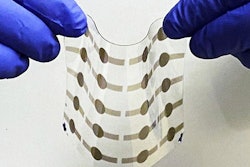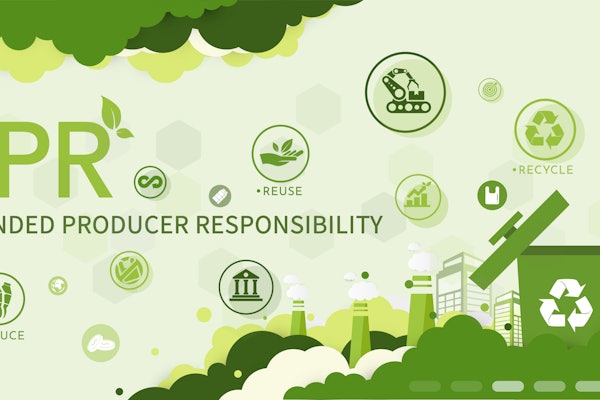
As people advance in age, they become more prone to mutations in blood stem cells that can disrupt the balance of blood cells in the body, which is linked to leukemia. According to a recent Healthcare in Europe article, scientists at the Universities of Edinburgh and Glasgow monitored these changes over a 12 year period to better understand what they mean in the context of developing leukemia as people grow older.





















